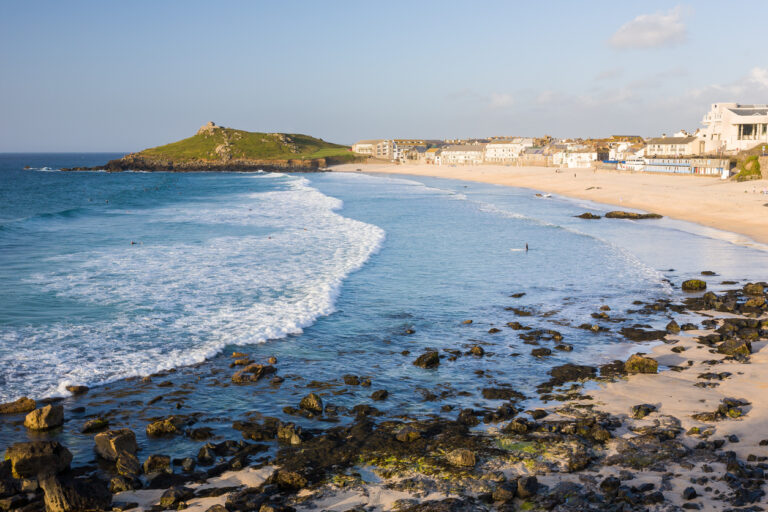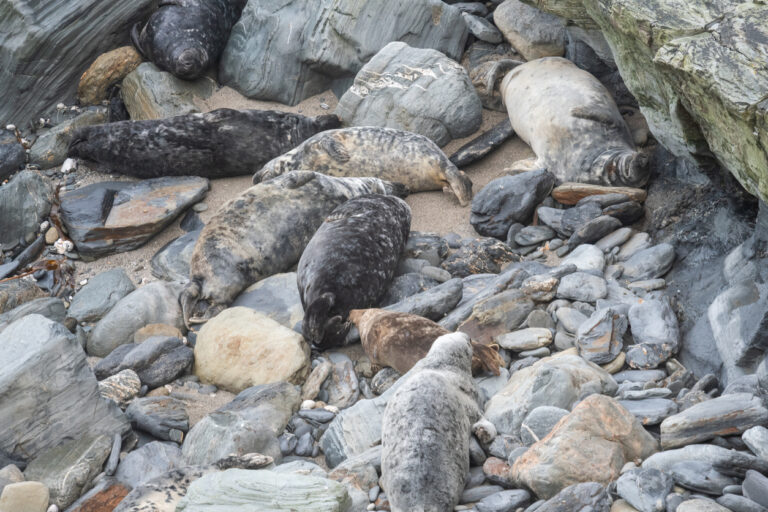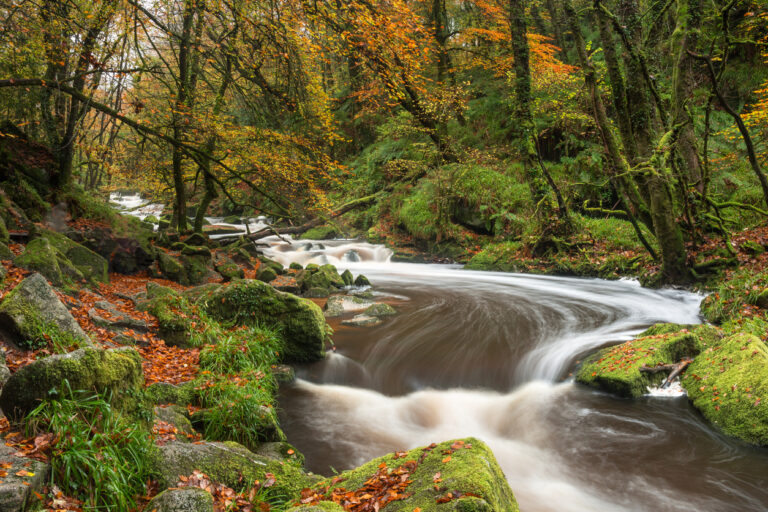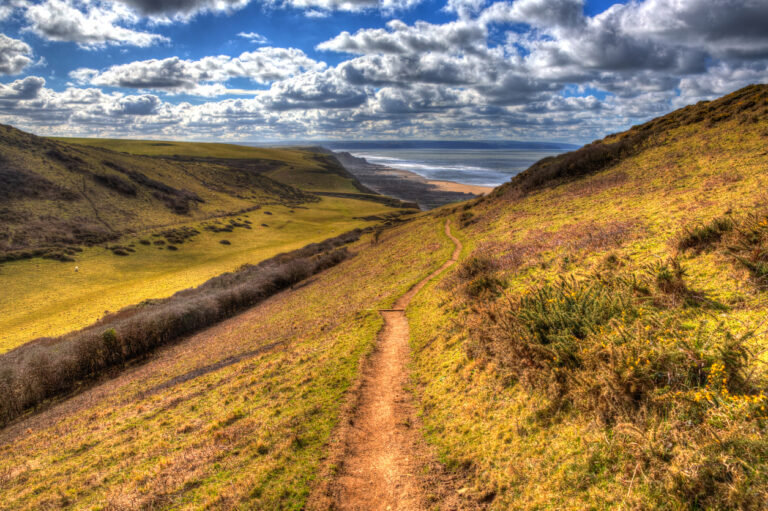7 things that you should NEVER do in St Ives, Cornwall
Cornwall’s St Ives is known across the country for its stunning beaches, charming cottages and relaxed holiday vibe.
BUT there are some things that you should NEVER do when you’re in this popular Cornish town.
Whether you’re visiting St Ives for the first time or live here, here are some things to avoid!
1. Don’t feed the seagulls
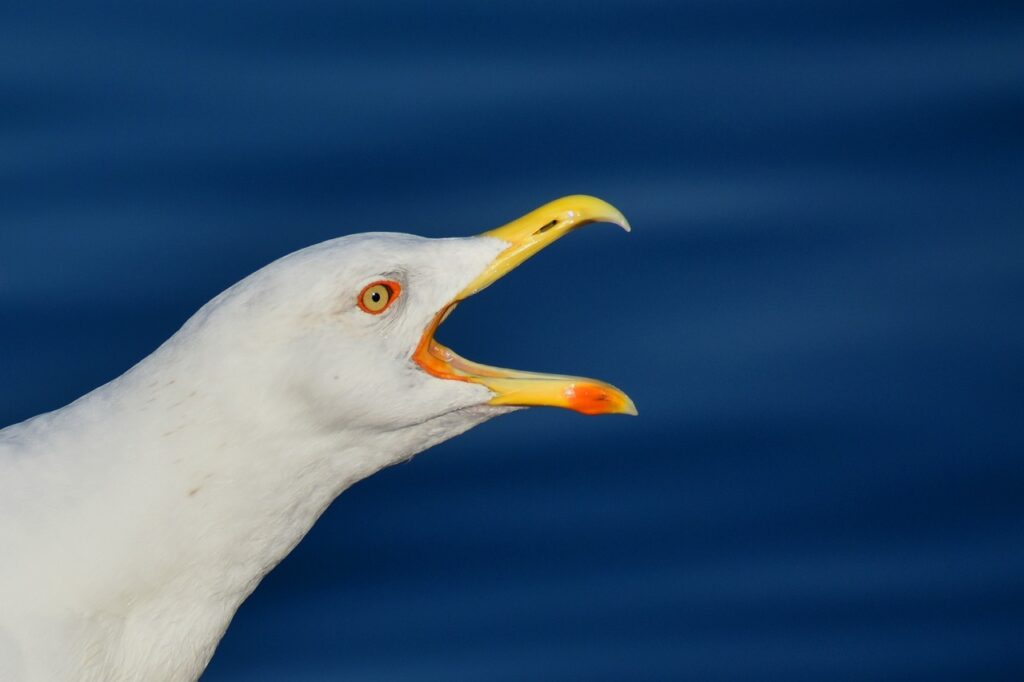
St Ives is known for its aggressive seagulls – and feeding them only encourages more bold behaviour. They have been known to snatch food from people’s hands, especially on the beaches or around the harbour.
Feeding them creates a nuisance for everyone, so don’t do it!
Also, if you’re eating anything on the beach, keep a beady eye on it – as you can guarantee gulls will be watching it as well – and they’ll swoop in as soon as your head is turned.
2. Avoid parking in town during peak season
Parking in St Ives can be extremely difficult, especially in summer. Many of the streets are narrow and there is limited parking near the town centre. The official car parks are pricey, some costing over £10 for a few hours parking.
Instead, use one of the park-and-ride options, such as at the St Erth or Lelant Saltings stations, and take the scenic train into town.
This saves you hassle and reduces traffic congestion in the small streets. Plus, the train is one of the most beautiful in the country.
See some more of the South West’s most beautiful trains here.

3. Don’t assume all beaches are dog-friendly
If you are travelling with a dog, be mindful of restrictions on many of the popular beaches, especially during the summer months.
Carbis Bay, Porthmeor and Porthminster Beaches have seasonal dog bans from 15th May – 30th September (from 10am to 6pm), whereas St Ives Harbour and Porthgwidden have bans from 1st July – 31st August 10am – 6pm.
This goes for anywhere in Cornwall, but always check the rules before heading out to avoid any fines or disputes with other beachgoers.
Check out my dog-friendly guide to Cornwall here.
4. Don’t get too close to seals
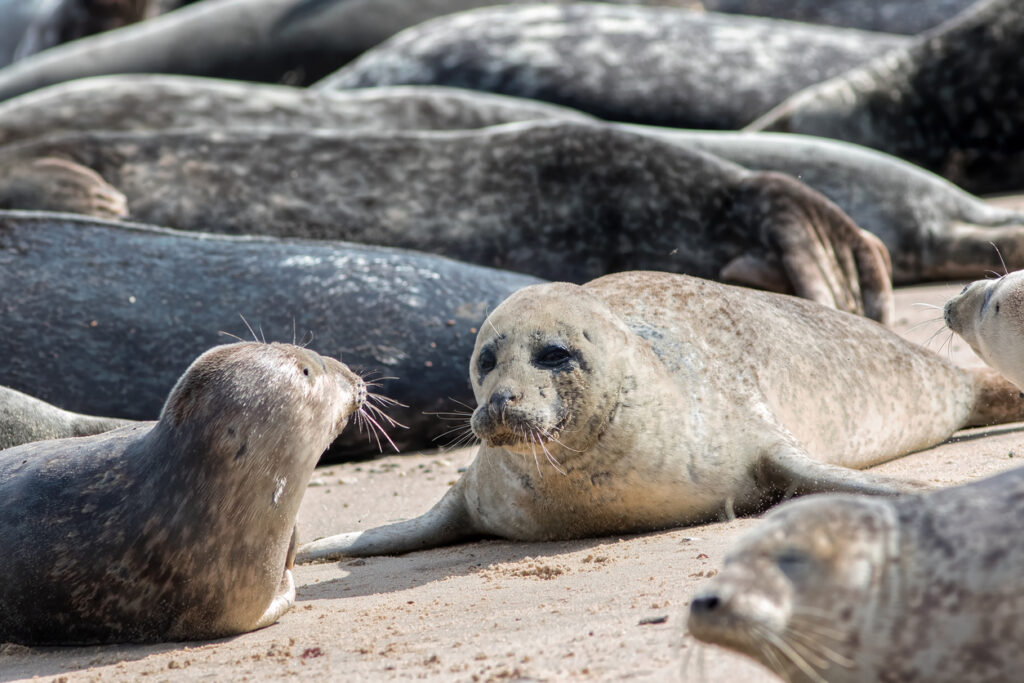
Seals are commonly spotted in St Ives – most commonly on the appropriately named Seal Island. However, you might spot them in the water when swimming or paddleboarding, or even sunbathing on rocks on nearby St Ives beaches.
If you see them, don’t try to touch them. Seals can be aggressive if they feel threatened, and they are often scared of humans.
If you see a seal who looks injured, call the BDMLR Rescue Hotline at 01825 765546 or the RSPCA hotline at 0300 1234 999.
5. Don’t skip on reservations for restaurants
St Ives is a popular destination, and many of the town’s restaurants fill up quickly – particularly in the evenings and on weekends.
Even in the quieter months, booking ahead is wise if you have specific dining preferences.
6. Don’t visit during August
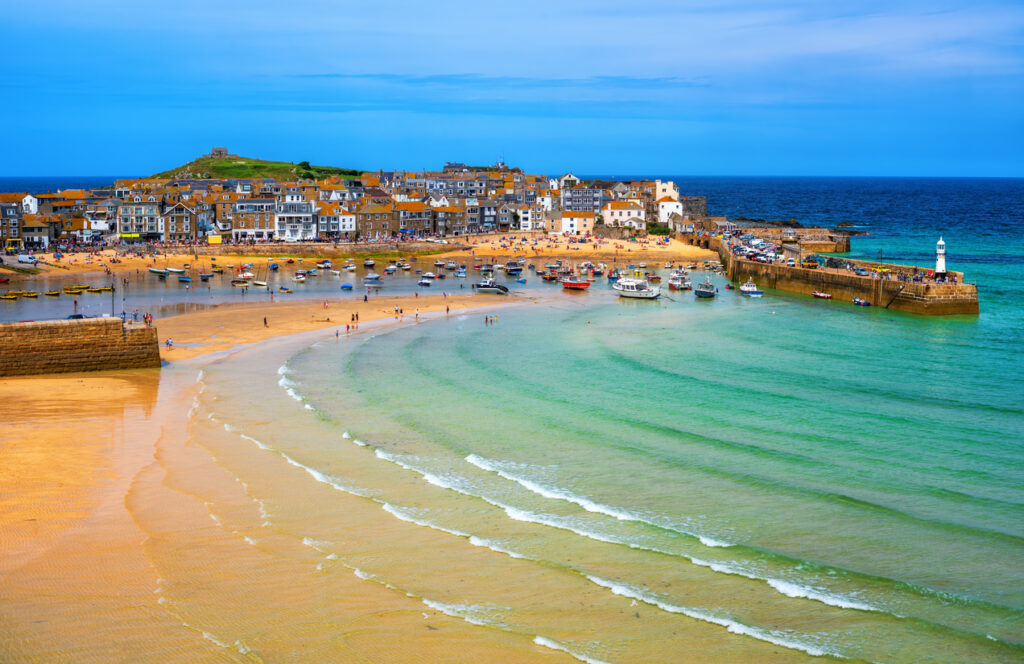
St Ives is one of the most popular places in Cornwall, and August is by far the most popular time to visit Cornwall. What does that mean? The small town of St Ives is heaving at the end of the summer!
St Ives is busy from June to September, but out of season, it’s much more relaxed.
Here are the best beaches in town – that are just as beautiful in the off-season.
7. Don’t expect to be there as soon as you enter Cornwall
St Ives is in West Cornwall, so after you cross the River Tamar, you still have a couple of hours driving. If you’re planning a trip to St Ives, remember that it’ll take you much longer to get here than to destinations like Looe or Bude.
Here are some more things that you should AVOID in Cornwall!

